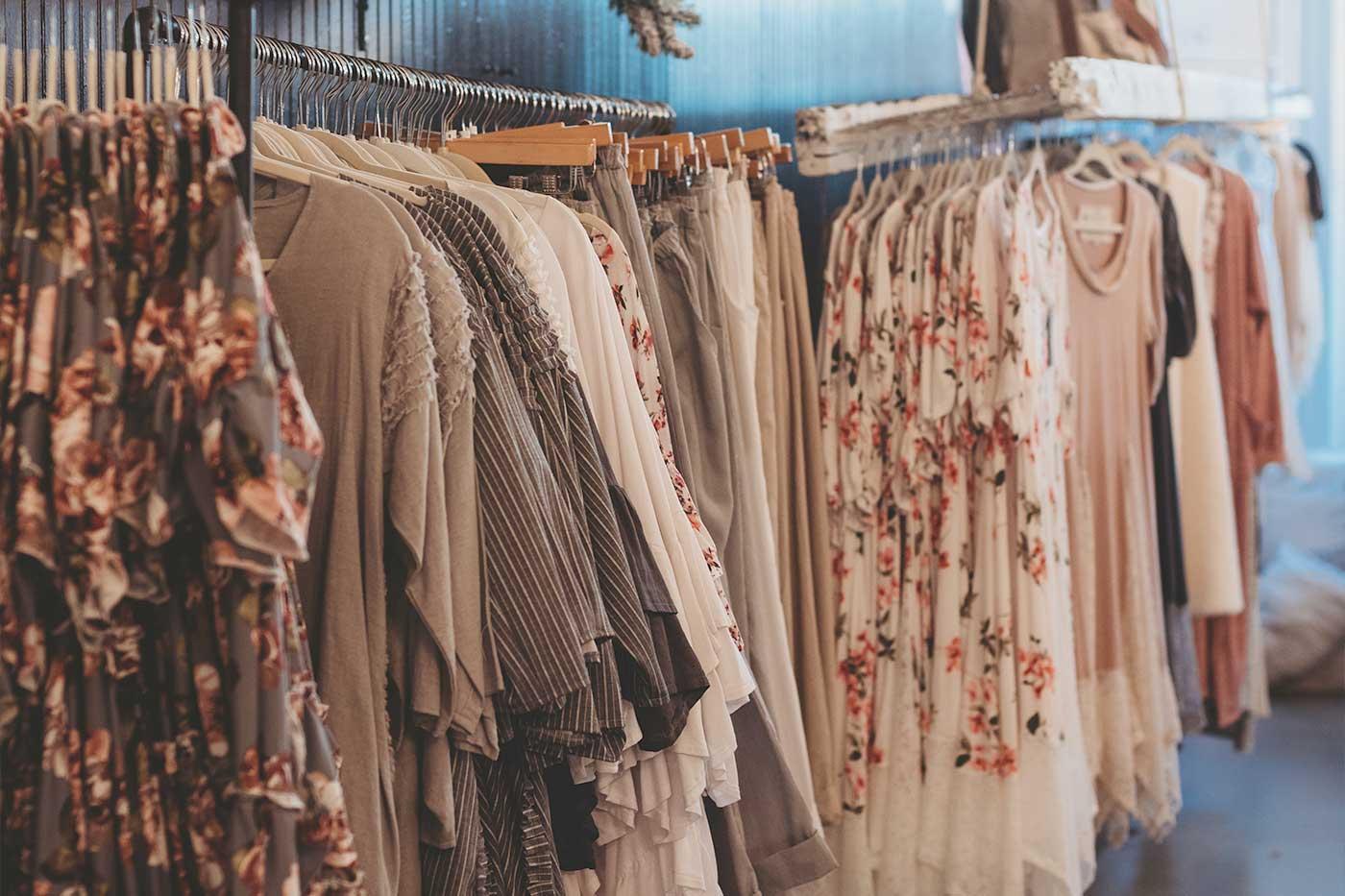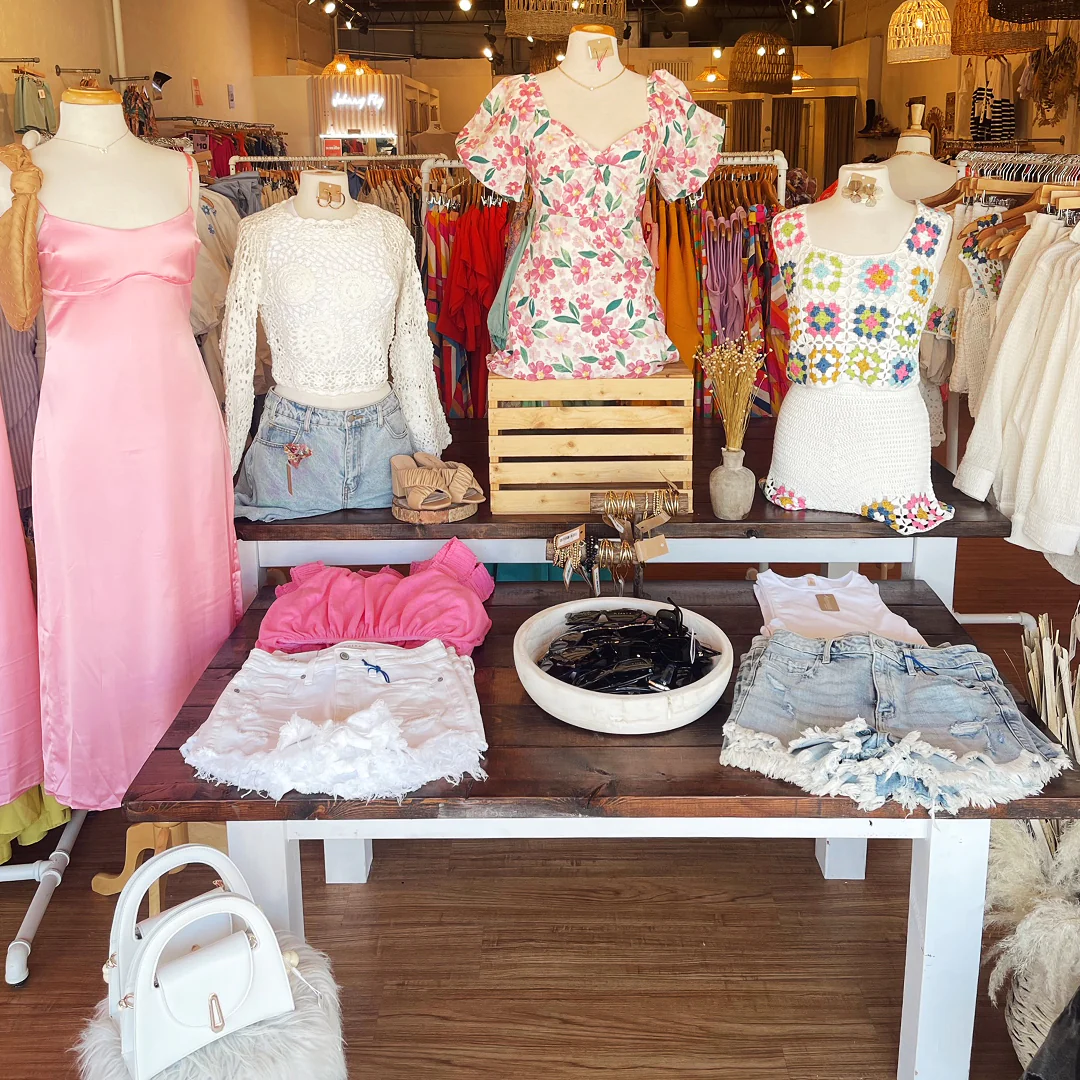Checking Out the Evolution and Impact of Apparel on Modern Fashion Trends
The evolution of apparel has considerably affected modern-day style patterns, merging historical precedents with sophisticated innovations. Renowned numbers like Coco Chanel and Yves Saint Laurent revolutionized the garment industry by introducing concepts that prioritize comfort and ease of access, which proceed to reverberate today. On the other hand, technical strides in areas such as 3D printing and wise fabrics are redefining layout possibilities and customer experiences. Furthermore, the expanding focus on inclusivity and sustainability is improving sector requirements. As we take into consideration these multifaceted influences, one should doubt exactly how these elements collectively redefine fashion's duty in reflecting and shaping modern culture.
Historical Style Influencers
In the tapestry of style history, certain numbers have left an enduring mark, shaping the fads and styles that define entire periods. Coco Chanel, an advanced designer, redefined females's fashion by introducing comfortable, stylish garments that departed from limiting bodices. Her legendary Chanel suit and little black dress have ended up being ageless staples in closets worldwide. Similarly, Christian Dior's post-war "Face-lift" in 1947, with its celebration of femininity with full skirts and cinched waistlines, marked a go back to opulence and has actually proceeded to influence developers.
Elsa Schiaparelli is one more crucial number, renowned for her progressive styles that integrated surrealist art, collaborating with Salvador Dalí to create wayward items that challenged traditional aesthetics. Her ingenious use shade and strong patterns resounds in modern style. Yves Saint Laurent, at the same time, democratized haute couture with prêt-à-porter collections, bringing runway designs to the masses and setting a precedent for modern ready-to-wear lines.
These visionaries, amongst others, not only changed style in their times yet likewise established enduring trends that reverberate in today's garment industry, giving a structure whereupon modern designers continue to introduce and build. Their heritages highlight the relevance of creativity and bold in fashion's ever-evolving narrative.
Technological Improvements in vogue
Among the dynamic landscape of the apparel industry, technical improvements stand at the center of development, reshaping how developers produce and consumers engage with fashion. The integration of 3D printing has revolutionized style procedures, making it possible for developers to explore complicated structures and lasting products that were formerly impossible. This technology promotes quick prototyping, reducing waste and accelerating production times.

Smart textiles, embedding technology into fabrics, are additionally transforming the market. Advancements like self-cleaning and temperature-regulating textiles provide enhanced performance and convenience. Wearable modern technology, incorporating attributes like physical fitness monitoring and interaction, includes a new measurement to style, merging aesthetics with usefulness.
Cultural Shifts and Style
As technological advancements proceed to improve the garment industry, cultural shifts are equally significant, redefining design and consumer choices. Recently, the surge of social media sites platforms has actually accelerated the circulation of worldwide fashion patterns, permitting diverse social influences to assemble and exist together. This electronic interconnectivity has actually assisted in the quick exchange of concepts, leading to a much more eclectic and comprehensive analysis of design that reflects the multifaceted nature of modern-day culture.
Social awareness and appreciation have motivated developers to attract ideas from a broader range of ethnic and historical contexts, integrating conventional motifs with contemporary appearances. This blend has actually led to fashion that reverberates with a broader audience, advertising a sense of identity and belonging throughout various demographics. Furthermore, the boosting need for personalization has actually driven browse around this site brand names to supply customizable choices, making it possible for consumers to express originality while showing their cultural heritage.
Furthermore, moving societal worths have actually influenced style, with inclusivity and variety becoming central themes. The sector has started to embrace designs and influencers of various type of body, ethnicities, and sex identities, difficult standard charm criteria. This change emphasizes the power of cultural changes fit the future of style, as design becomes an extra genuine expression of cumulative and individual identification.
Sustainability and Modern Style
While the style sector continues to develop, the essential for sustainability has actually become increasingly urgent, influencing modern design techniques. The surge of sluggish fashion, which highlights quality over quantity, encourages customers to invest in classic items rather than short-term patterns.
Additionally, modern-day design is characterized by its technology in reducing waste and promoting circularity. This technique not just minimizes environmental effect but likewise enhances the social responsibility of style homes.

Future Trends in vogue

Sustainability will continue to be a driving pressure in shaping future style trends. The sector is significantly embracing environment-friendly products and honest production approaches, reacting to an expanding customer demand for liable techniques. Technologies such as bio-fabricated products and closed-loop recycling systems are set to redefine exactly how garments is produced and taken in, lowering environmental impact while preserving style and top quality.
Cultural changes, including the surge of inclusivity and variety, will additionally play a crucial duty. As culture comes to be much more mindful of social concerns, style is expected to end up being a system for expression and modification. Developers will likely focus on developing collections that mirror a broader series of experiences and identities, championing representation and availability.
Conclusion
The evolution of apparel significantly influences modern-day style patterns, where historical influences merge with contemporary layouts. Trick figures like Coco Chanel and Yves Saint Laurent have actually redefined style, while technological technologies such as 3D printing and smart textiles broaden imaginative opportunities. Cultural shifts towards inclusivity and sustainability compel brand names to welcome and adopt moral techniques variety. This continuous evolution highlights style's duty as a mirror to societal worths and technical development, recommending a future abundant with technology and inclusivity.
The advancement of check my site garments has considerably influenced modern-day style patterns, combining historical criteria with cutting-edge advancements.Amidst the dynamic landscape of the fashion industry, technological developments stand at the center of innovation, reshaping just how developers create and customers engage with fashion.While the style industry continues to develop, the vital for sustainability has actually become increasingly urgent, affecting modern design methods. As sustainability comes to be embedded in modern-day style, it paves the means for a much more conscious and liable fashion market.
The development of clothes significantly affects modern style patterns, where historical impacts combine with modern layouts.